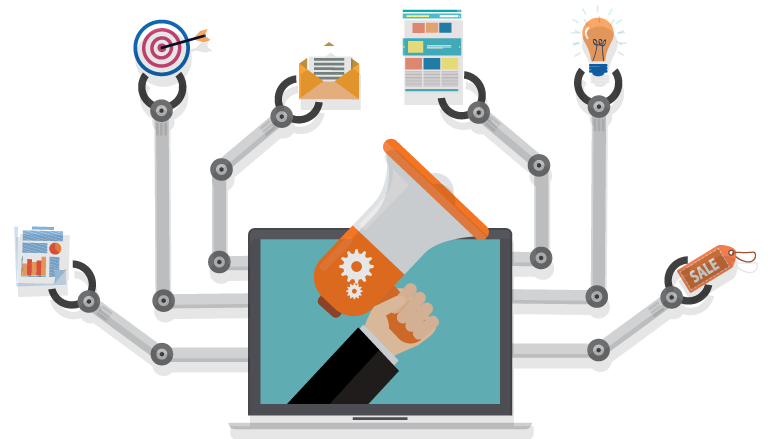We’re still within the youth of automation in advertising,” said Martin Khin, research VP at Gartner. According to Khin, just 10% of advertising processes are automated today, but that number will continue to grow.
Phil Gaughran, U.S. chief integration officer at agency McGarryBowen, made a bold prediction: By 2022, he said, 80% of the advertising process is going to be automated, “a threshold which will never be surpassed.” The remaining 20% will comprise such elements as brand value, storytelling, and other more experiential tactics which will always need a person’s driver.
According to Gaughran, this may mean a “changing description in terms of what it means to figure in advertising, unlocking an enormous well of opportunity for advertisers.” He reminded us that data doesn’t deliver insights—people do. “The more automated we become, the more we’d like humanity,” he said.
When it involves automation within the digital advertising space, experts are optimistic that further development of automated processes will positively affect the industry.
So far, the closest example of how automation is going to be integrated on a bigger scale is programmatic. Researchers predict that programmatic spending will surpass $45 billion by 2019, capturing 84 percent of all display spending. However, as automation continues to develop, it’ll not be synonymous with programmatic.
While these numbers are impressive, programmatic is flawed, still plagued by issues like fraud and unreliable placements. Even so, the automated technology that does exist is quicker and fewer expensive than traditional media buying. These features are a minimum of partially indicative of what’s to return with future automation.
The positive factors—efficiency, scale, and low cost—are just a few of the various benefits that automation could bring back advertising. Further development of automated technology could bring more transparency, visibility, and price efficiency to agencies.
One advantage we’ve already seen with automation is that it makes the media buying process more efficient by reducing the quantity of your time it takes to shop for and sell placements.
The benefit that isn’t being discussed, though, is how automation will meaningfully contribute to the creative side of advertising. While there are many parts of the media buying process that will be automated, it’ll be nearly impossible for it to become fully automated. Vital components like image creation, storytelling, and ad testing are better left to human hands.
Native advertisers excel at creativity. With less time spent on repetitive manual tasks, buyers can spend their time doing the important creative work that fuels the industry.
In the age of automation, a common sentiment is that robots will take over human jobs. However, building an automatic platform from the bottom up creates a replacement sector of jobs.
It takes a fanatical tech team willing to constantly innovate and think creatively. For media buyers, a platform that automatically optimizes bids would even have a high ROI, allowing advertisers to cause more buyers.
Another lucrative advantage of automation is that the potential for scale in native advertising. Native is notoriously difficult to scale, but more sophisticated marketing automation software could solve that problem.
Any automated system is consistently making data-backed decisions, and therefore the best systems would use data to assist buyers secure placements and help users build effective creatives and headlines. This would take away the hassle of manual media buying, allowing buyers to buy more and better placements.
Other benefits to automation include safeguarding against ad fraud and boosted visibility.
While all of the shortcomings and benefits are still being explored as ad tech companies continue to develop and innovate new platforms and software, there are potential flaws to automation.
Skepticism has been cited on the following grounds: uncertainty, unreliable inventory quality, and difficulty monitoring where your ads end up. Data privacy regulations, including Europe’s GDPR legislation, also call into question what future laws may potentially affect how advertisers can use and collect data.
As technology continues to evolve, automation will transform the digital marketing industry. Like so many technological advancements, this will improve the way humans are able to do their jobs, so they can spend less time pressing buttons and focus more on vital components that need a person’s touch, like image creation, storytelling, and ad testing.

